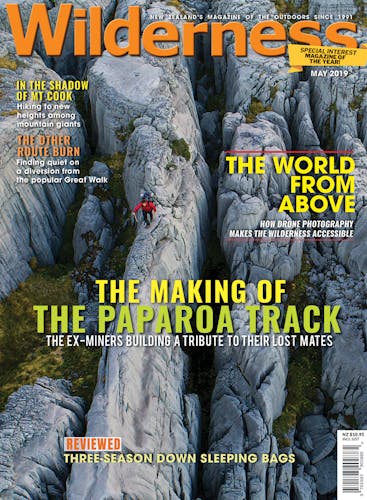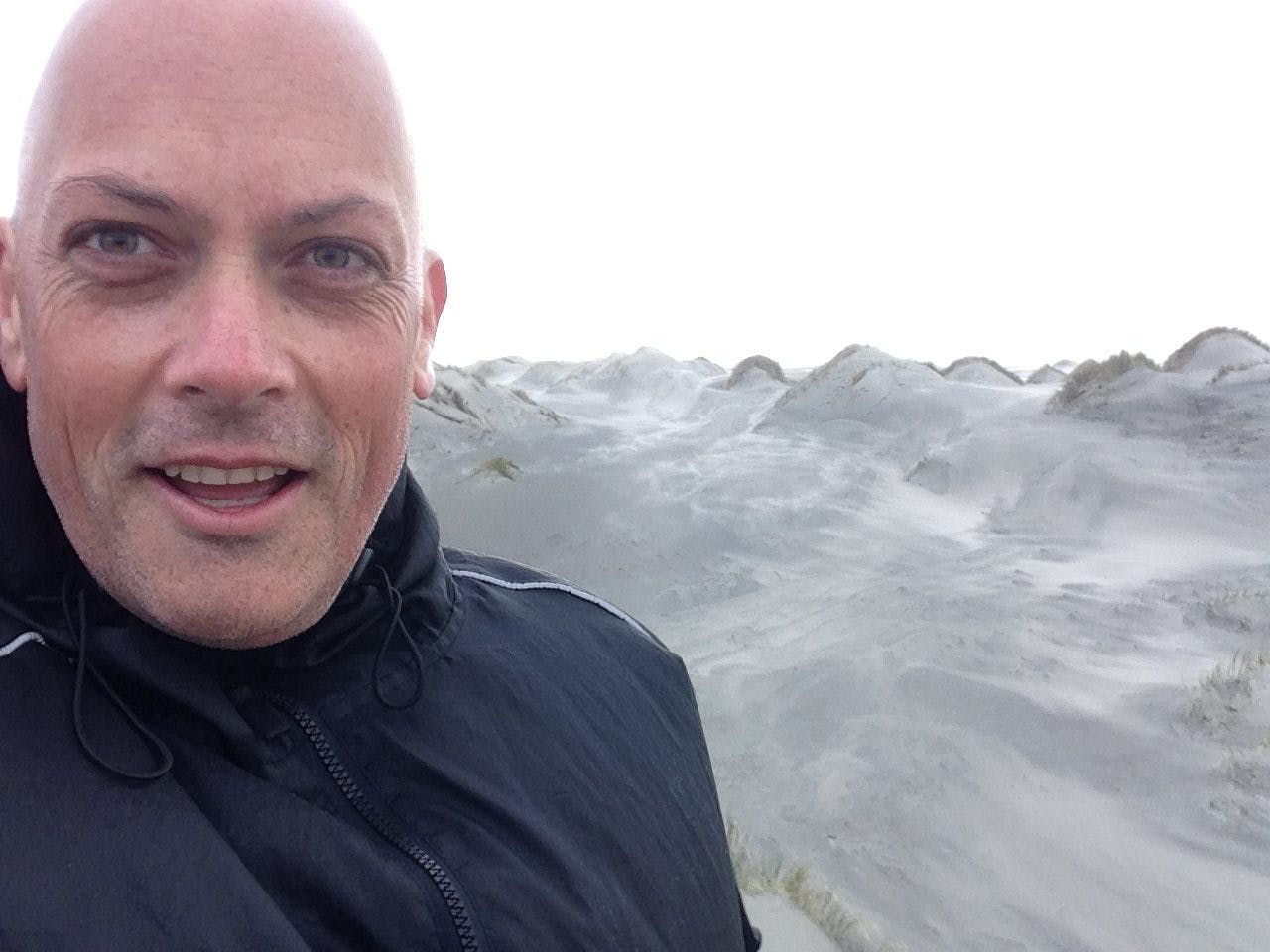Quicksand, frozen rain and sandstorms took Paul Hoskin by surprise on a memorable trip to Farewell Spit.
Paul Hoskin didn’t know there was quicksand at Farewell Spit until it squelched up past his knees.
Surprised, but prepared by childhood movies, he leaned forwards and let instinct take over.
“I watched Tarzan movies when I was younger, so I knew to lie down and distribute my weight,” he said.
“God knows how deep it could have gone in some places – it liquifies like the Christchurch earthquakes.
“If I had dropped my camera or phone, it would have been be gone.”
It was an early afternoon in July, and the Wellingtonian was exploring New Zealand’s largest spit. The forecast was for cool temperatures and light showers, but this – as he quickly discovered – was an understatement.
“It was easy going for about 30 minutes and then I got caught in freezing rain and had to shelter behind a small dune,” Hoskin said.
The icy rain, which lashed Hoskin’s exposed skin like needles, lasted about 10 minutes, but wasn’t enough to deter him from his walk.
And nor was the quicksand, which he encountered shortly after, crawling determinedly on hands and knees for around 150m to get to its far edge.
“It was such an effort to get out there, that I wanted to keep going – but it’s the worst decision you can make.”
And as if on cue to nail the message home, it began to storm.
Heavy winds whipped up the sand dunes to blast Hoskin’s face, and the rain – now unfrozen – pelted down.
“I couldn’t lift my head because the sand was blasting my eyes and nostrils at gale force,” he says.
“I didn’t have glasses or goggles with me, so I had to walk with my head down, slightly sideways or backwards.”
Hoskin’s supplies had by now run out. His food – which was more sand than sandwiches – was gone, and his water too. With no extra layers to put on, he realised his predicament – get out, or spend a night on the spit and risk hypothermia, and worse.
“I was about 4km from the parking lot, in a storm, with sunset approaching and surrounded by quicksand.”
He decided to call it quits, and started the journey back, only to discover his return route to be now blocked by the rising tide.
With few other options, he decided to bush bash to the other side of the spit, setting off through foliage so thick, it took him an hour to cover around 400m.
“Gorse, flax, manuka, and other plants were matted together so densely that my boots only ever touched their roots, and never the ground,” he said.
Bursting into a small clearing, Hoskin got the fright of his life as he stumbled into a whale graveyard, littered with the bones of three or four whales.
Awed by his find, he was compelled to speak his regards to the whales before pressing on.
“It wasn’t the best way to end the day, but it was poignant,” Hoskin said.
“They were put there out of respect, and there was probably a ritual performed by local iwi – you could sense that.”
Within an hour, Hoskin was back at his car, hungry and cold, but injury-free. He drove to a Takaka pub for a revitalising meal and a beer, happy to be out of the storm, and away from the quicksand.
He hopes his experience will encourage visitors to research areas more thoroughly before they visit, and in particular seek recent reviews of the areas online.
“I’m not proud of having to tell this story, but if it helps someone it’s worth it,” he said.








